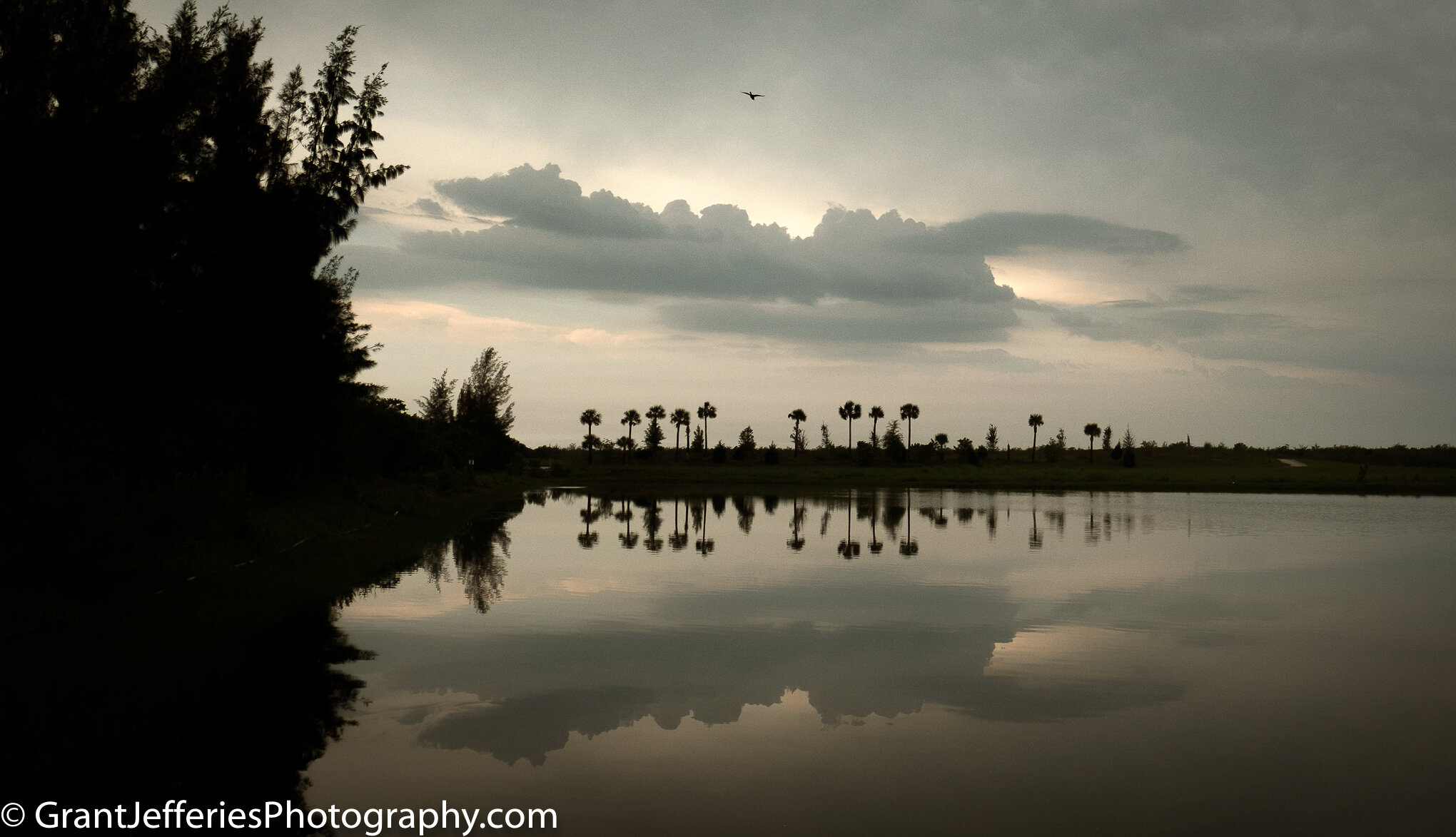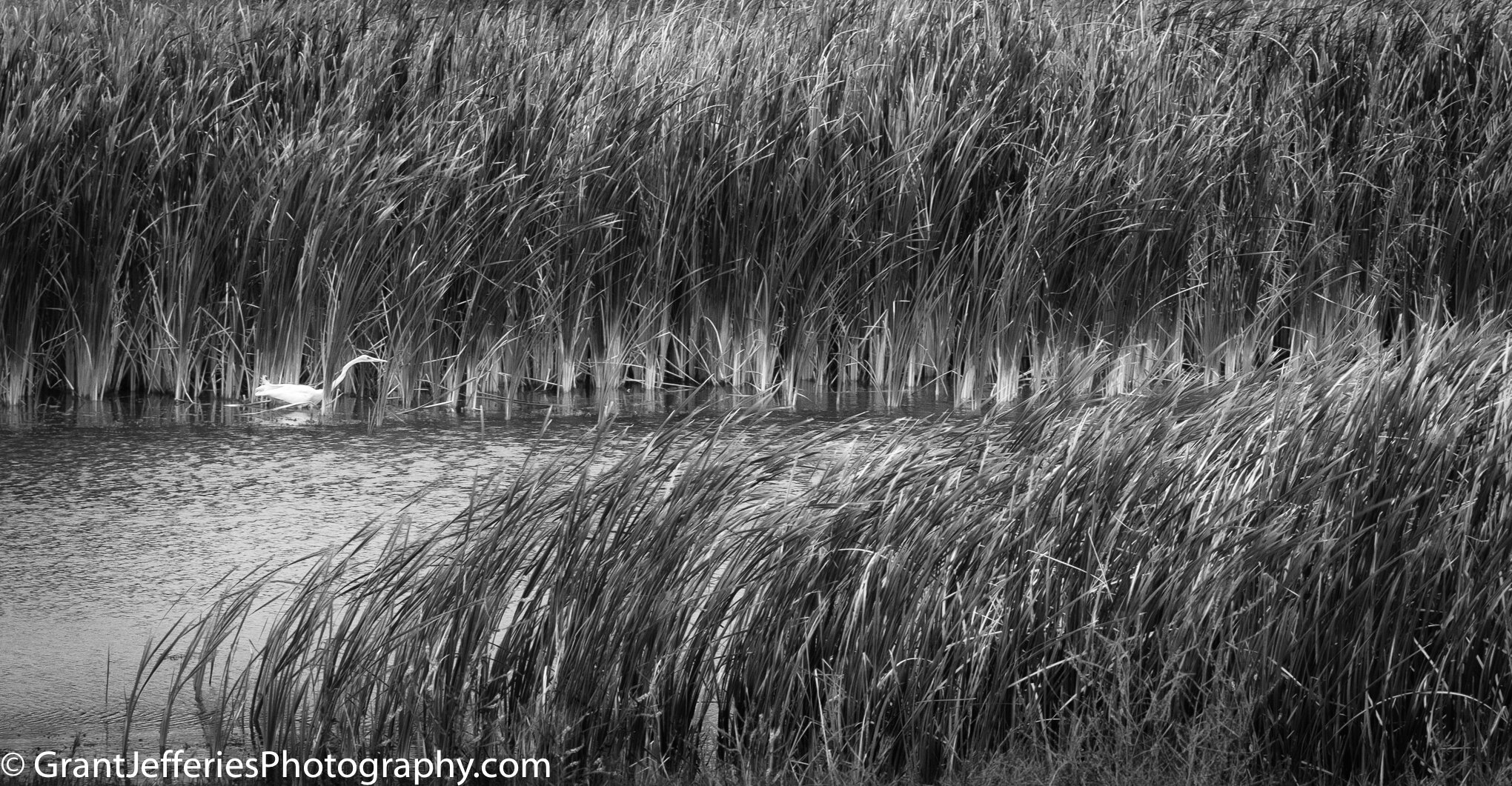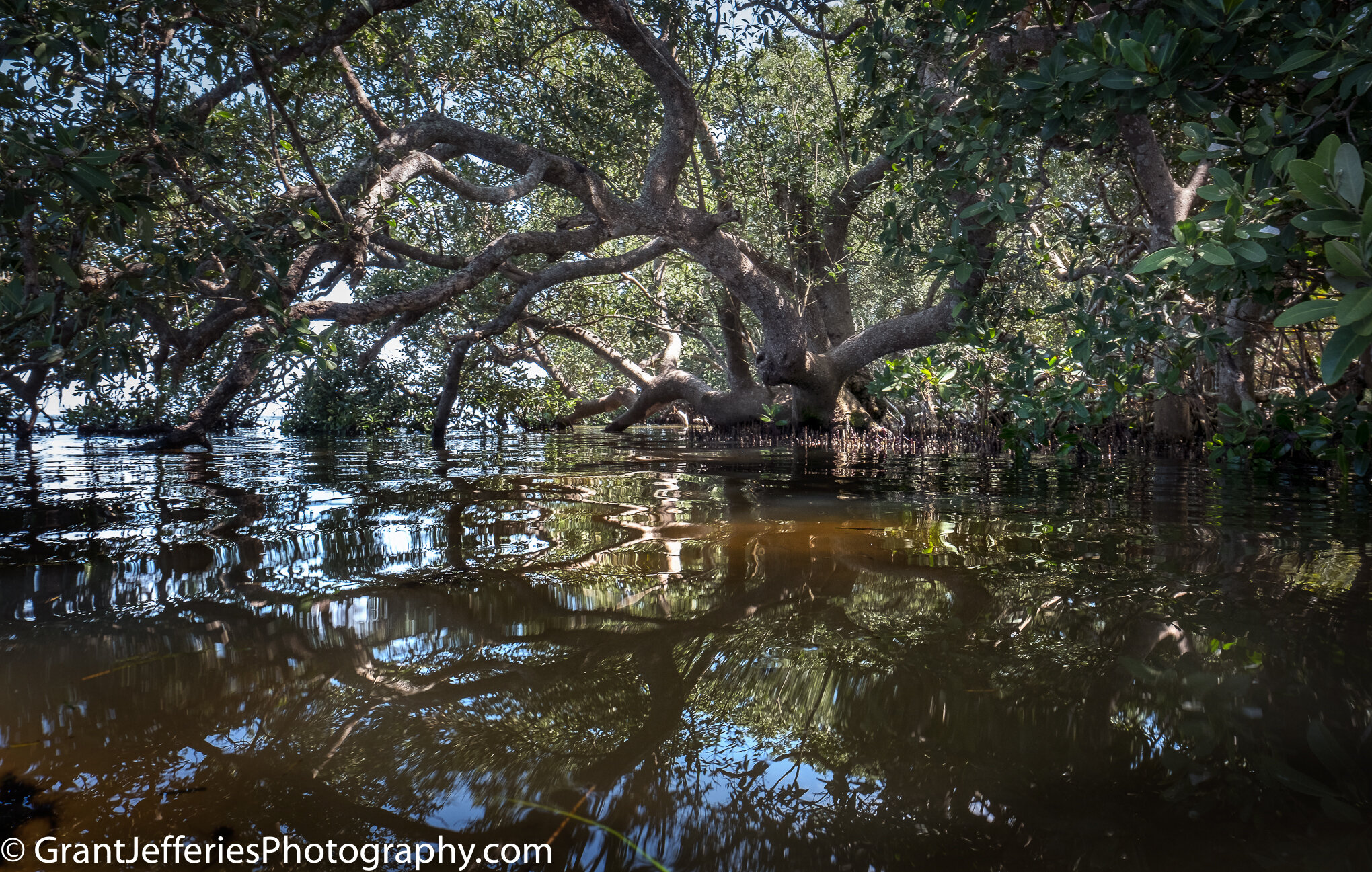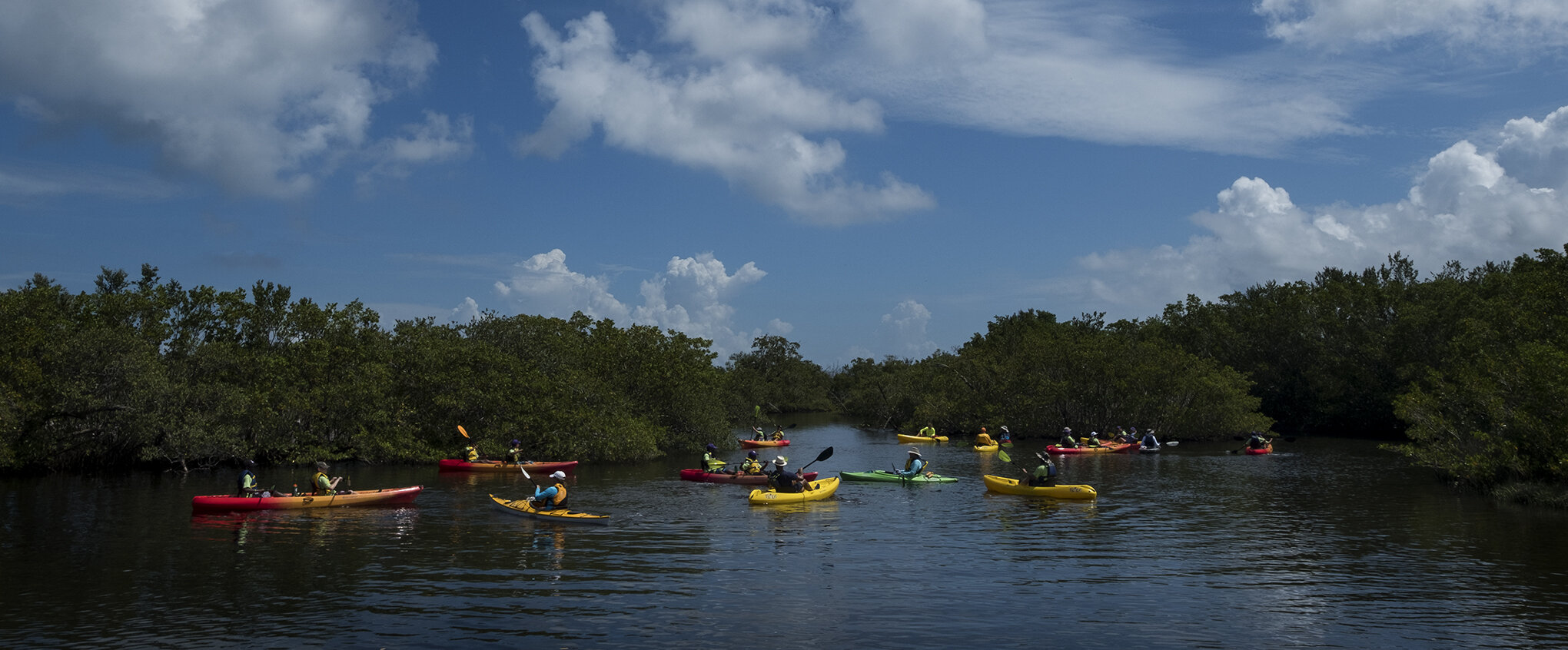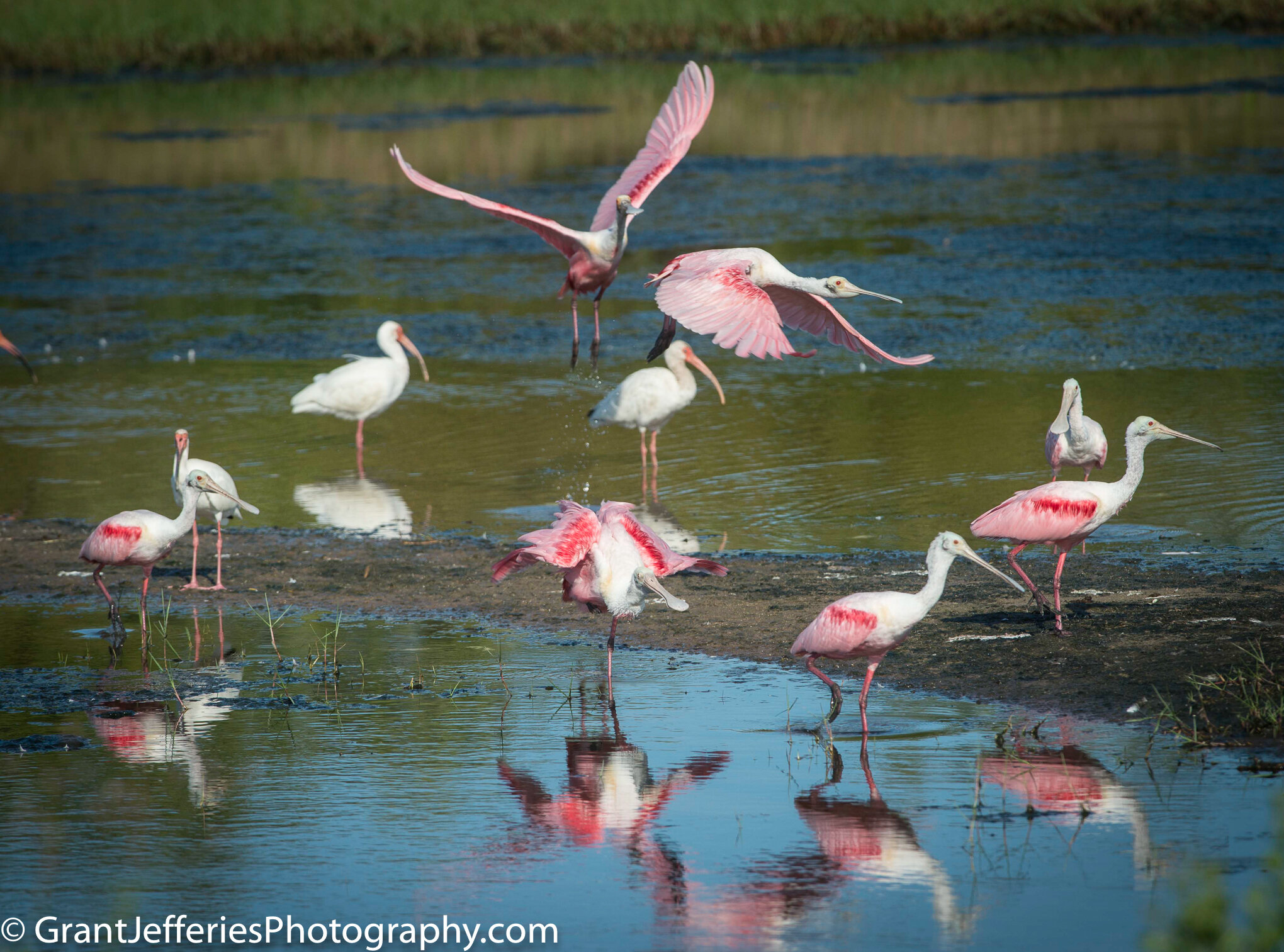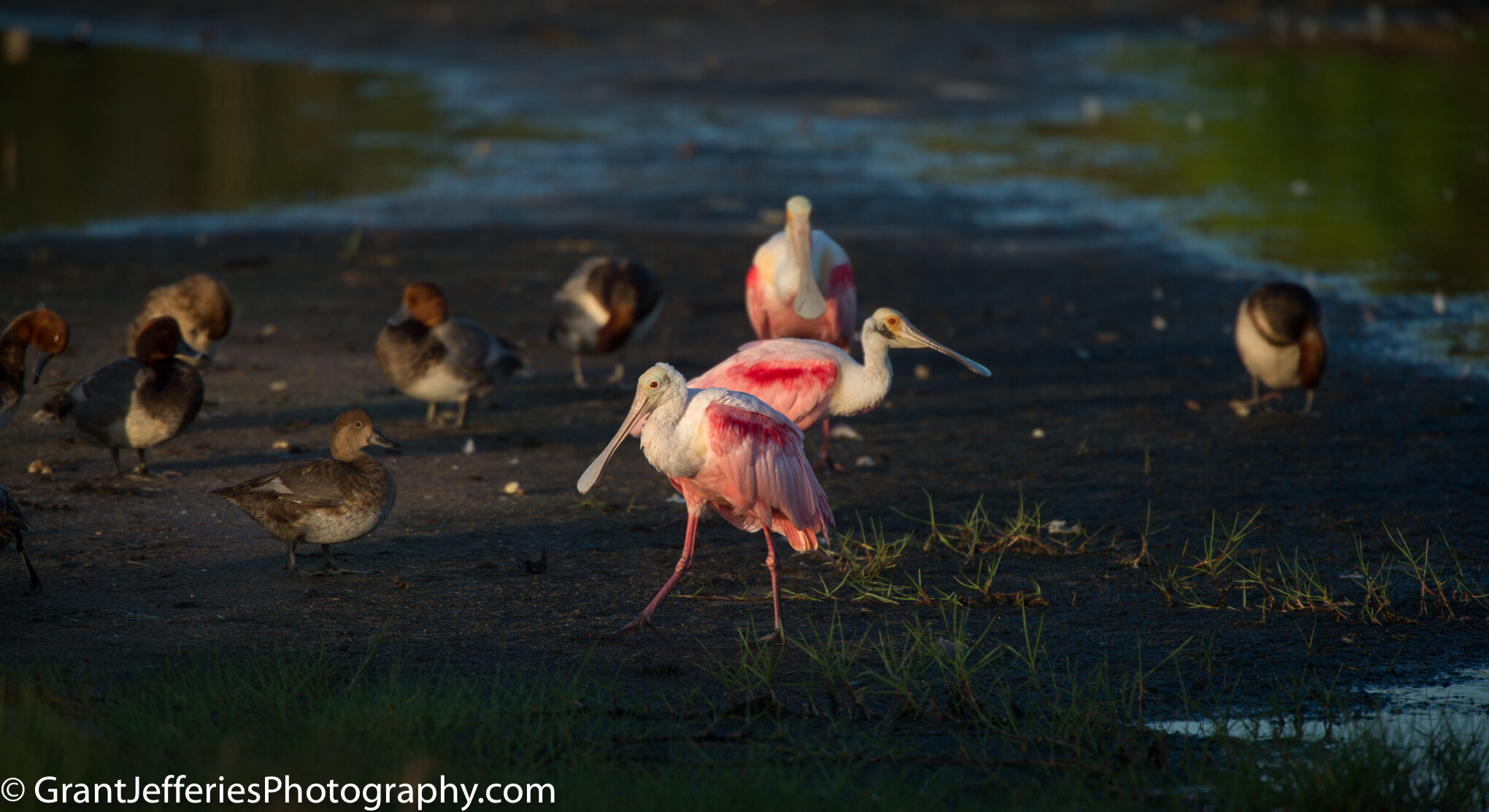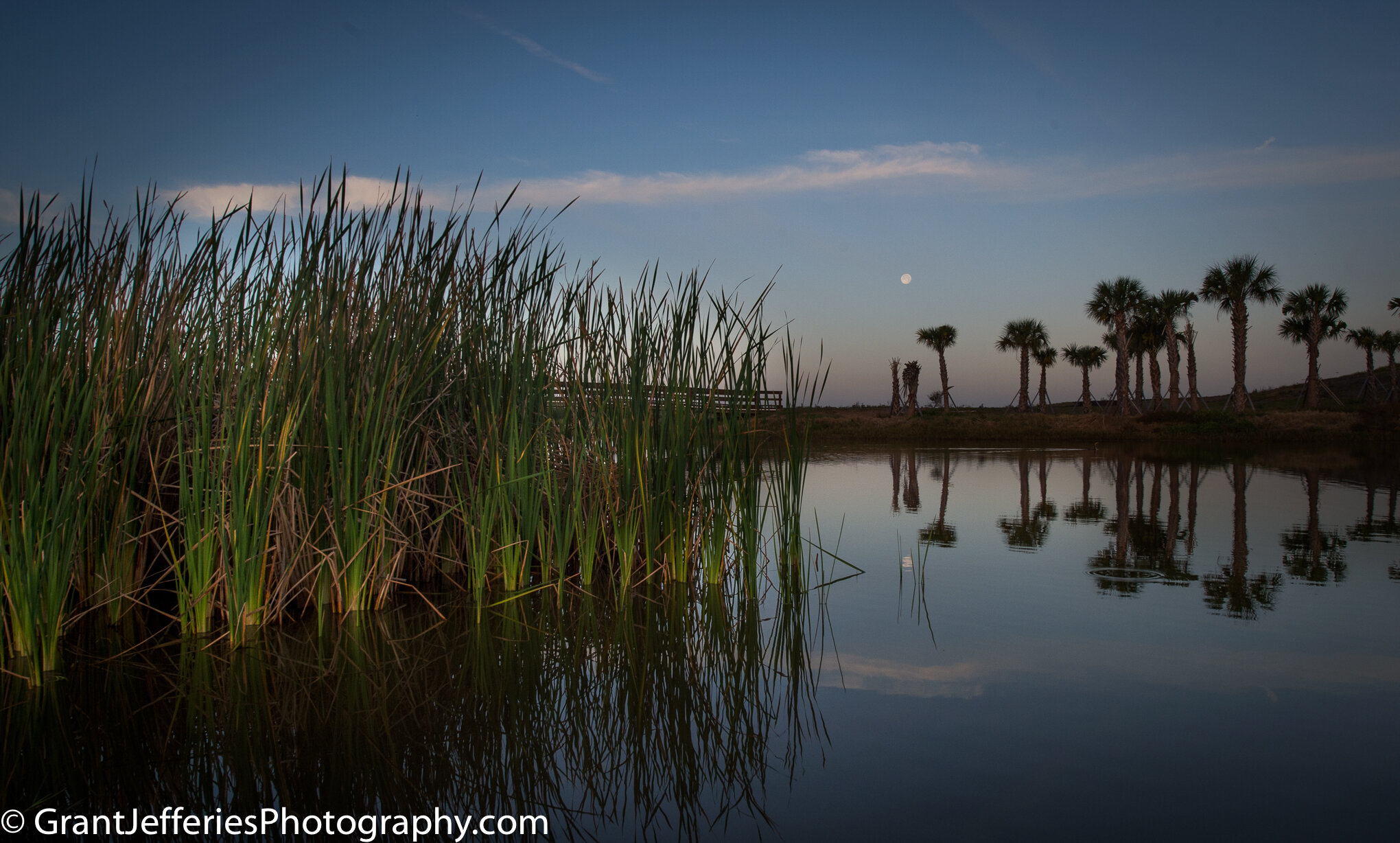By now, most people know this is the last weekend you can spend time in the “new” section of Robinson Preserve for the rest of the year. But some people may not know the details of the ongoing restoration. The county has some pretty cool projects designed to continue to help the environment and wildlife, as well as to help boost the economy and benefit people who may not even visit the preserve.
The biggest part of the project is all about habitat. Fish habitat and bird habitat. I’m going to start with the fish habitat because some things won’t be as obvious once the new section of the preserve reopens. The most visible part of the renovations to the waterways in Robinson Preserve will be two tidal connections. These changes will allow kayakers to travel from the new section of the preserve all the way to the bay and while it’s a great benefit to visitors, the connections are really to create an estuary for snook and tarpon, according to Damon Moore, manager of the county park system’s ecological and marine resources division.
By creating a juvenile snook habitat, the county is hoping to help build the area’s sport fishing industry. Young snook have very specific needs to survive their first – and most critical – year after spawning. By increasing habitat that is designed to protect the young, the county is hoping to boost the snook population, thereby expanding opportunities to hook the popular fish in the coming years. Tarpon are also a popular catch, so increasing their populations will also benefit the fishing industry.
The juvenile Snook habitat will include thermal holes to keep them warm enough in the winter and shady spots to protect their eyes. Moore’s team has researched everything in consultation with Florida Fish and Wildlife Management. And they plan to track snook populations after the project is complete.
Visitors may notice expanded oyster beds as well. The. oysters clean the water and help feed the shore birds. There will be habitat that encourages both shore birds, which are already there, and more migratory birds, including song birds. Some of the vegetation will mimic what’s available at Leffis Key, such as mulberry and strangler fig, Moore said. The area will have cedar hammocks, live oak hammocks and coastal/tropical hammock to encourage more wildlife and plant diversity.
Most of the changes are designed to promote the environment and expand crucial habitat for birds and other wildlife. Some of the hammocks will take as much as 30 years to mature and the preserve will continue to grow and change over the decades, as it remains a vital resource for some of Florida’s favorite species. It may take the rest of the year to build these vital habitats, preventing visitors from using their favorite walking paths, but it seems a small price to pay for the rich diversity to come. And don’t forget visitors are still welcome to the original section of Robinson Preserve and its miles of trails and waterways.

